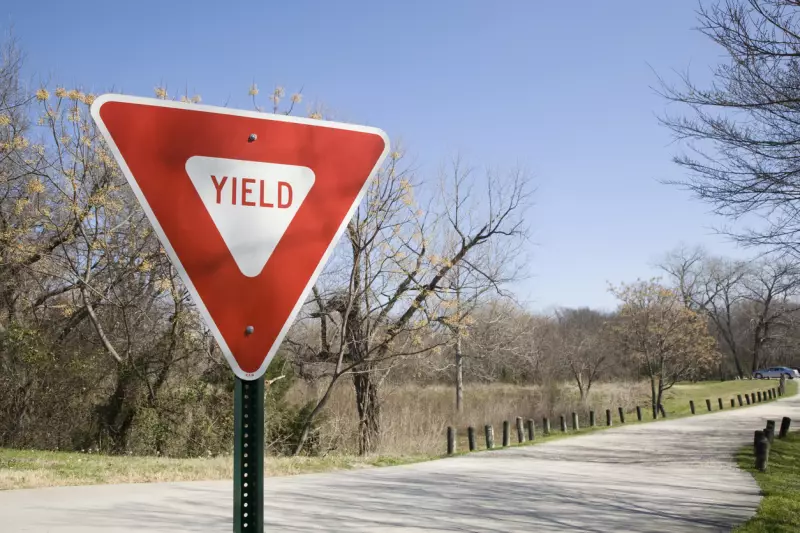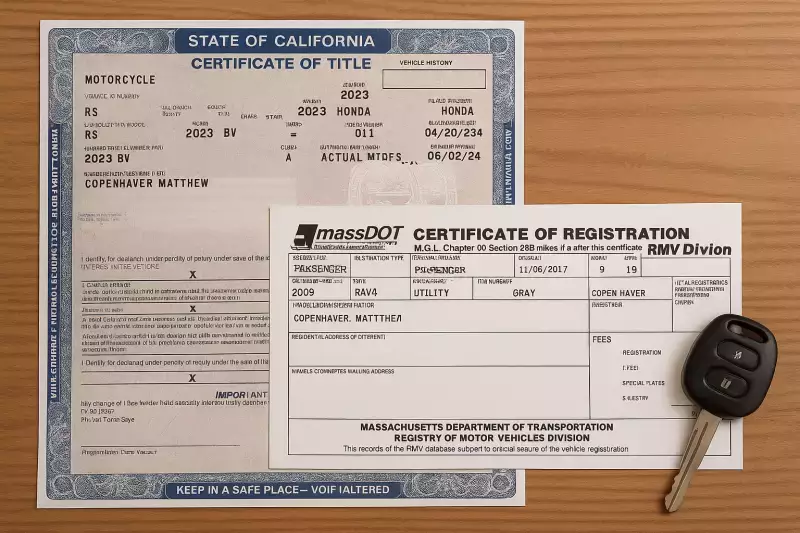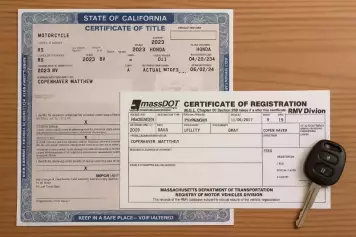Road signs play a significant role in safety, as they guide drivers and pedestrians in navigating traffic. The yield is one of the most recognized, as it is a direction to slow down. When drivers encounter this sign, they must also give the right of way.
Yield signs are typically set at merge points, roundabouts, or intersections because these are places where traffic flow is dependent mainly on caution and cooperation. Noting the purposes and appropriately responding to a yield sign is crucial to avoid accidents. It is also essential to ensure smooth road navigation.
What Does Yield Mean in Driving?
When operating a vehicle, ‘yield’ means giving the right of way so other pedestrians and vehicles can move before proceeding. That said, it does not always require the driver to come to a full stop. However, the vehicle owner must be prepared to stop if mandated.
One common confusion is whether ‘yield’ means stop. The answer depends on the traffic conditions. Unlike a stop sign, yield allows the driver to slow down and assess the scenario. For example, when approaching yield signs at merge points, the driver will exercise judgment to reduce speed and check for coming traffic. If the lane is clear, they will merge without stopping.
That said, if another car has the right of way or there is too much traffic, the driver must come to a complete stop until it is safe to go on. Not that understanding the means of adequately yielding prevents cases of unnecessary delays.
What Shape is a Yield Sign?

The inverted triangle-type shape can easily recognize the yield sign. This is distinct from the other road signs. Its unique shape helps drivers quickly identify it, even from a distance. This ensures that they can respond appropriately. The triangle is also a universal sign, signaling caution and the need for the driver to slow down. This is as opposed to the octagon-shaped stop sign, which tells the driver to come to a complete stop.
When it comes to color, the yield sign usually features red borders with a white interior and a bold capitalized ‘YIELD’ moniker at the center. This color setting is intentionally chosen to increase visibility in different lighting or weather conditions. Red is also often linked to warning and caution, so the sign can stand out.
The white background also makes the red more pronounced, making the message clear. The bold lettering reinforces the instruction, ensuring that drivers can immediately recognize the sign. The combination of the yield sign's color, shape, and place allows it to serve a role in traffic management.
What Type of Sign Is a Yield Sign?
Yield signs are categorized as regulatory signs, which means they indicate traffic laws drivers must follow so there is order. Regulatory signs exist to provide requirements like the correct way or speed limits. They are not the same as warning signs, which give guidance or alerts concerning road conditions.
Regulatory signs, including yield signs, impose an absolute obligation on every driver. They specifically instruct the driver to slow down or to give way to other road users. This helps prevent conflicts at roundabouts or intersections where several road users can converge. The importance of the rules must not be overstated.
Disregarding yield signs is even considered a traffic violation in the majority of jurisdictions. Drivers who fail to give the right of way are at a significant risk of getting into an accident. If they are apprehended, they may face a fine or points off their license. Should there be an accident, it may even translate to legal action against them.
Why Understanding Yield Signs Matters
Yield signs play a critical role in ensuring smooth traffic flow or maintaining road safety. By interpreting and obeying these signs, drivers can reduce congestion on the road and prevent accidents.
Unlike the case of stop signs, which require one to come to a stop, yield signs require the driver to slow down. Appropriate yielding to traffic ensures that all road users, including cyclists and pedestrians, can navigate safely without unnecessary risk. Noting when and how to yield also fosters a cooperative driving culture. This will reduce road rage and improve the overall traffic conditions.
By remaining attentive to yield signs, motorists may contribute to a safer road system. Whether merging onto the highway, coming to a roundabout, or going through an intersection, recognizing the yield signs assists individuals in reaching their destination safely and reduces the potential for unnecessary delays.








![Best Sites to Check a Car’s History [2025 Review]](https://media.infopay.net/thumbnails/K8lMeG2QLjE46LPqZlmoi6SunKKdT5qvlaRZk6e1.webp)










![Best Sites to Check a Car’s History [2025 Review]](https://media.infopay.net/thumbnails/K8lMeG2QLjE46LPqZlmoi6SunKKdT5qvlaRZk6e1-w356.webp)
